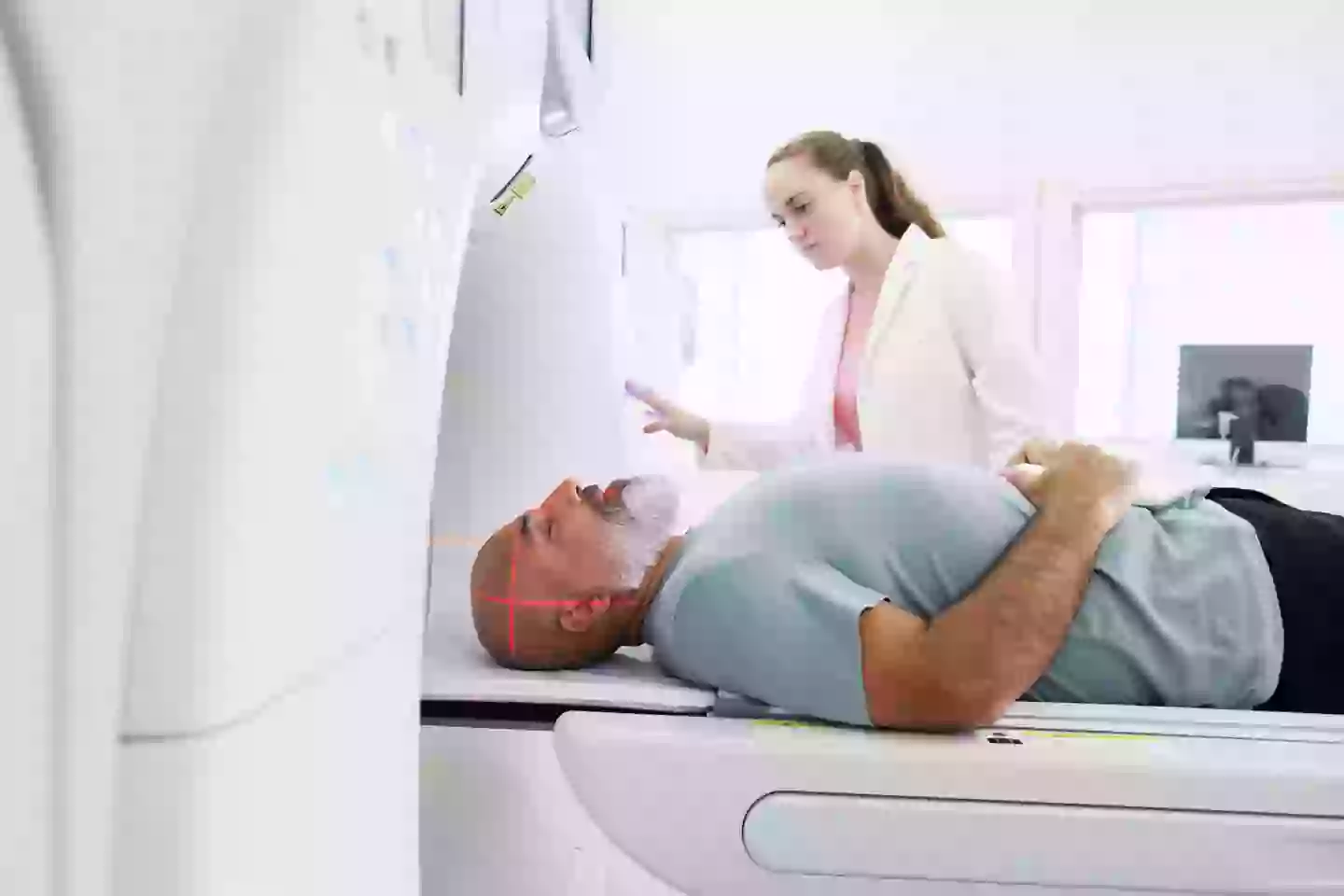A CT scan offers more complexity than one might initially perceive.
Technically referred to as a computerized tomography scan, it is described by the Mayo Clinic as ‘a type of imaging that uses X-ray techniques to create detailed images of the body’.
CT scans are more advantageous than traditional X-rays because they can image soft tissue alongside bone injuries, which might not be visible on an X-ray, as noted by John Hopkins Medicine.
Approximately 93 million CT scans are conducted annually in the United States. Despite their significance in medical diagnosis, some experts have raised concerns over the potential high levels of radiation involved in these scans.
The radiation dosage received from a CT scan can differ between clinics, but some are reported to be ‘unnecessarily high’, according to Rebecca Smith-Bindman, a professor at the University of California-San Francisco medical school, who spoke to NBC News recently.

The X-rays used in a CT scan are a type of ionizing radiation. According to the Environmental Protection Agency (EPA), the radiation level of one CT scan is comparable to that of 200 chest X-rays.
Leaving aside the advantages and disadvantages of CT scans, many are just now discovering what the mechanism looks like in action, as it is typically concealed.
During a CT scan, a patient might notice a faint whirring sound. This is the scanner rotating around to collect data, but the speed at which it operates might be surprising.
The latest CT scan models can complete five rotations per second, equating to one full turn every 0.2 seconds, as detailed in a 2024 MRIPETCTSOURCE video.
A similar video recently shared on Reddit revealed the scanner in action, leaving viewers astonished.
“Put its clothes back on, I don’t like it,” joked one viewer.
Another humorously suggested: “Wouldn’t it be cheaper to just spin the patient?”
“It’ll open a portal I’m telling ya all,” commented a third.
One user proposed that the casing is intended to ‘prevent patients from being terrified’, which could be a valid point.
“I’ve always wondered why people are afraid of that machine, now I understand they’re afraid because it can send you straight into space,” wrote another.
Another person added: “I was never afraid of CT machines, but now I’m pretty afraid of CT machines.”

